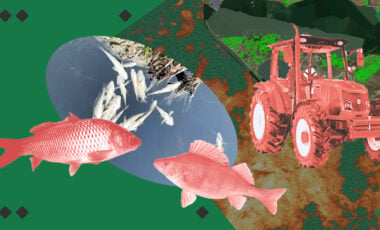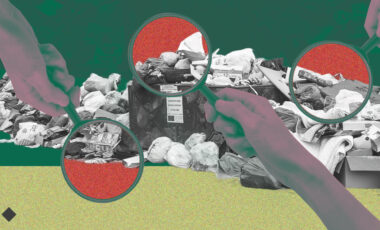Exactly 10 years to restore ecosystems. How the world will change by 2030
Beginning with 2021, the Decade came, which the UN called "ecosystem restoration." What will happen?

Photo Unsplash
The United Nations designates specific days, weeks, years, and decades as occasions for celebrating specific events or themes to introduce the world to the Organization's objectives. Usually, these commemorative dates are proposed by one or more Member States, and the General Assembly sets them up by resolution. We're now in a decade of peace in memory of Nelson Mandela (2019-2028), family farming (2019-2028), the fight to end poverty (2018-2027), a decade of sustainable energy for all (2014-2024) and so on. In 2021, we're entering the Decade of Healthy Aging and the Decade of Ocean Science for Sustainable Development.
At the beginning of this year, another resolution began to operate, which proclaims 2021-2030 as the Decade of Ecosystem Restoration, the main goal of which is to restore and stop the destruction and degradation of ecosystems: farming, forest, wetland, vegetation, mountain, oceanic and coastal, peatlands, and urban.
The UN doesn't set specific goals, expressed in numbers and statistics, but in every scientist's report, in every official's speech quoted in the media since the beginning of the Decade, the same indicators are mentioned:
"Restoring 350 million hectares of degraded land by 2030 could generate the US $9 trillion in ecosystem services and remove 13-26 gigatons of greenhouse gases from the atmosphere."
This publication is available in Ukrainian and Russian. The English translation hasn’t been produced yet. Support us to make the translation faster - follow the link for instructions





















































